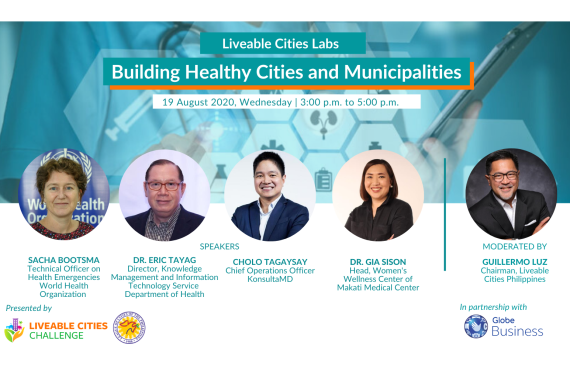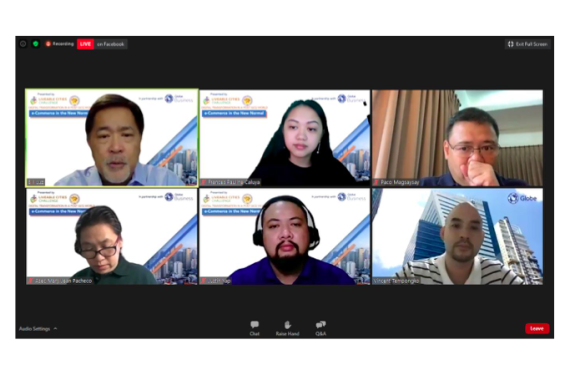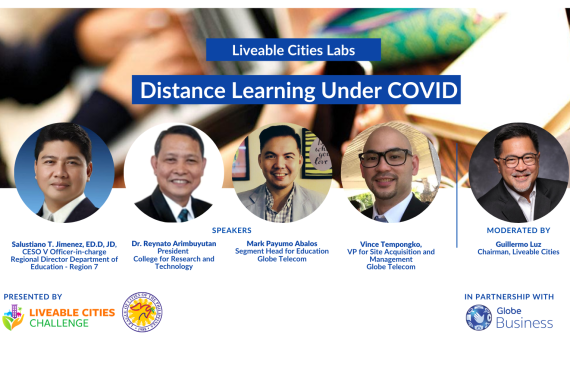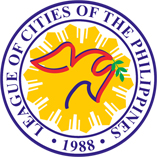Addressing the current Health Challenges in the New Normal
In light of the COVID pandemic, the global lockdown has greatly affected cities around the world. Some cities have become epicenters of the pandemic, which intensified the spread and transmission of the virus with their dense population and transport networks. Hence, in line with this, cities play a critical role when it comes to its containment and response.
e-Commerce in the New Normal
With the need to pivot to the new normal, Local Government Units (LGUs) are encouraged to boost their e-commerce for the convenience and safety of their constituents and to help SMEs in their online business.
Private, Public schools ask LGUs to provide connectivity
Both private and public schools urged the local government units (LGUs) to provide them with connectivity and internet access to boost the online learning requirements of their students as the education sector prepares for the new normal when school resumes next month.
The request highlighted the opening session of the Liveable Cities Labs: Webinar Series on the topic, "Online Education Under COVID" that was organized by the Liveable Cities Challenge (LCC), the League of Cities of the Philippines and Globe Business.
Health: Endcov.ph Flattening the curve with the help of data
In mid-March, the country was put into an Enhanced Community quarantine (ECQ). Over time, different parts of the country were declared under Modified Community Quarantine (MECQ) or General Community Quarantine (GCQ). By June 1st, most of the country shifted to GCQ. The shift to GCQ, however, doesn’t mean that the danger of infection has passed. We still need to remain vigilant.
Mobility: The Public Transit Challenge under GCQ
As Metro Manila goes into General Community Quarantine starting June 1, the key question will be “will there be enough transportation or mobility options”? As people return to work, will there be enough public transport?
Granted while not everybody will be returning to work – only certain industries and essential services will be allowed to re-start – the answer will nonetheless be No.
Going Digital
If there’s one thing that COVID-19 taught us, it’s that we are going to have to move to a much more digitally-enabled world in the future. Over these last two months of Enhanced Community Quarantine (a.k.a. Lockdown), many of us have had to use more technology and digital services than ever before. From work meetings to communicating with family, ordering supplies, reading news, social media, and entertainment, digital use is up. This may have covered only a fraction of the population but it’s a trend which is bound to rise.
From Lockdown-to-Livelihood
We have been on Enhanced Community Quarantine for over a month and it’s been extended for another two weeks until April 30 (realistically, May 4). Up to now, much of the discussion has revolved around if and when this lockdown should be lifted. But I think the operative word is how. Such a plan should be spelled out now and not announced at the last-minute. Otherwise, chaos will ensue or the number of new cases will spike, or both.
Dassault Systemes’ 3D Design and Project Management Tools for Cities
University and college students are invited to participate in the Liveable Cities Challenge by joining cities that have signed up for the design challenge and competition. In order to enable the cities in planning and designing their solutions for the Liveable Cities Challenge, Dassault Systemes will be providing design and project management software to students who agree to join city teams.

















